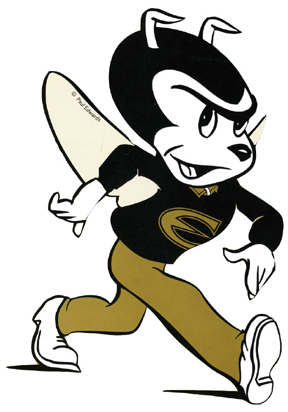- ESIRC Home
- →
- Theses
- →
- Theses 2012
- →
- View Item
JavaScript is disabled for your browser. Some features of this site may not work without it.
| dc.contributor.author | Magana, Jessica | |
| dc.date.accessioned | 2012-05-02T20:50:00Z | |
| dc.date.available | 2012-05-02T20:50:00Z | |
| dc.date.created | May 1, 2012 | en_US |
| dc.date.issued | 2012-05-02 | |
| dc.identifier.uri | http://hdl.handle.net/123456789/1000 | |
| dc.description.abstract | A lizard that sees a predator sometimes becomes immobile to avoid detection, but it is unclear how the energy demands of this strategy compare to those of a calm lizard. I quantified the metabolic response of adult male Anolis carolinensis when in visual contact with a predator and with prey. Lizards’ oxygen consumption when seeing prey was not significantly different from baseline oxygen consumption levels (P = 0.416), but lizards reduced oxygen consumption when seeing a predator (P < 0.001). Lizards made fewer body movements and changes of gaze when seeing a predator than when seeing prey, consistent with the antipredator strategy of reducing movement to minimize the likelihood of drawing a predator’s attention. | en_US |
| dc.language.iso | en_US | en_US |
| dc.subject | Predator, lizard, Green Anole | en_US |
| dc.title | Metabolic Response to Visual Contact with Predator and Prey in the Green Anole (anolis carolinensis) | en_US |
| dc.type | Thesis | en_US |
| dc.college | las | en_US |
| dc.academic.area | Biology | en_US |
| dc.advisor | Dr. Lynnette Sievert | en_US |
| dc.department | biological sciences | en_US |


